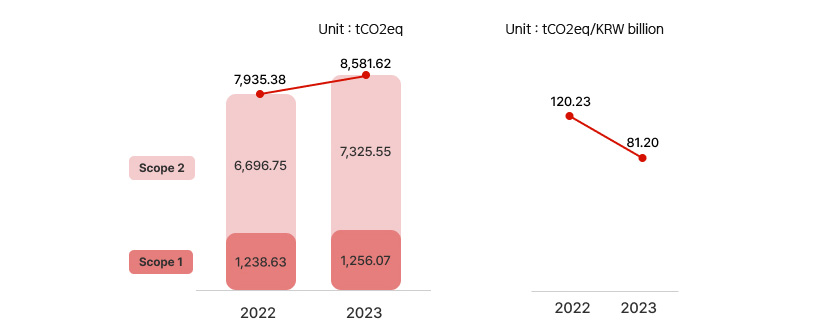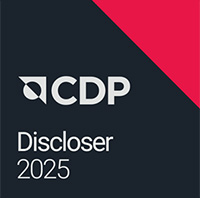DRB Automotive Co., Ltd. Main menu
All Menu



DRB Automotive manages risks in a total of four stages, beginning with climate change risk assessments and ending with reaction and improvement. We review the results from regular risk analysis, incorporate them into our management strategy, and review the performance and improvement plans in connection with specific risk management activities. Moving forward, we intend to formulate strategies grounded in the specific risks and opportunities identified at each business site through advanced analytics.
좌우로 스크롤 하시면
내용이 보입니다.
| 1. Climate change risk analysis | 2. Review of response plans | 3. Risk management and response activities | 4. Monitoring and improving risk response performance |
|---|---|---|---|
|
|
|
|
DRB Automotive has set a goal to achieve a 20% reduction by 2030compared to 2021 through energy savings and efficient operations in manufacturing processes. To attain this goal, DRB Automotive is considering plans to minimize unnecessary energy use through automation and operational optimization, and to maximize energy efficiency by establishing a real-time monitoring system. In addition, to achieve reductions at the raw material stage, the use of recycled rubber and low-carbon materials is gradually expanding. DRB Automotive also plans to increase the application of sustainable raw materials to meet the eco-friendly requirements of OEM automotive customers. In 2024, by leasing out its business site, DRB Automotive constructed a solar power generation facility and signed a 20- year usage contract, covering 15-20% of the existing electricity consumption with renewable energy. In the future, considering Korea’s renewable energy transition environment, DRB Automotive plans to expand the use of renewable energy by purchasing Renewable Energy Certificates (REC) for RE100 response and by concluding additional PPA contracts.
1) For calculation of emission intensity (sales in KRW billions), the sales from non-consolidated financial statements were applied.

※ DRB Automotive was spun off from DRB Holding in May 2022. In the base year 2021, the greenhouse gas emissions were 7,394.65 tCO₂eq for DRB Automotive, and 7,532.05 tCO₂eq when combined with DRB Holding.
1) Applying the 'Guidelines on Reporting and Certification of Emissions under the Greenhouse Gas Emissions Trading System’


As of 2023, DRB Automotive participates in the Carbon Disclosure Project (CDP) to response to climate change and has established a detailed reduction goal and implementation plan. The CDP is the most reliable institution which evaluates companies around the world for their climate change response level, carbon management competency, carbon emissions, and reduction endeavor.
| Year | [Climate Change] Result |
|---|---|
| 2024 | SME B |
| 2023 | C |

The Corporate Renewable Energy Initiative (CoREi), jointly launched in 2020 by the United Nations Global Compact Network Korea (UNGC Network Korea), World Wide Fund for Nature Korea (WWF-Korea), and the Korea Social Investment Forum (KoSIF). CoREi encourages companies to voluntarily declare a transition to renewable energy and supports them in meeting the associated targets.